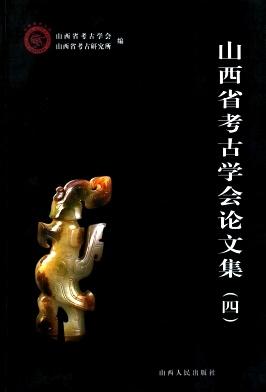STATIC EIGENVALUE ANALYSIS AS AN AID IN FURNITURE DESIGN
引用次数: 0
Abstract
In the design process, knowledge of structural mechanics is often reduced to its being used to determine whether the object that has been designed is sufficiently strong. Strength testing indicates this directly on a yes or no basis, whereas computations are able to compare the level of stress with the strength of the material. Understanding the interplay between load, form, and material which structural mechanics is able to provide can be of considerable and far-reaching importance, both at an early conceptual design stage and while developing parts and details. The aim of this paper is to show how structural mechanics (in particular, static eigenvalue analysis) can be used to create work methods that provide a common language between the designer and the engineer during the design process. A case study is presented in which the Finite Element Method (FEM) was used to perform static eigenvalue analyses aimed at facilitating a collaborative furniture design process in the creation of a shell-shaped chair. Analysis of this sort was chosen because it can be used in a sketch-like manner. The designer found it easy to incorporate the results of the analysis into his own sketching work. It also enabled him to see how different design changes affected the overall structural behaviour of the chair without him having to create a full-scale prototype for physical testing.静态特征值分析在家具设计中的辅助作用
在设计过程中,结构力学知识常常被简化为用来确定所设计的物体是否足够坚固。强度测试直接在是或否的基础上表明这一点,而计算能够将应力水平与材料的强度进行比较。无论是在早期的概念设计阶段,还是在开发零件和细节时,理解结构力学能够提供的载荷、形状和材料之间的相互作用都具有相当深远的重要性。本文的目的是展示结构力学(特别是静态特征值分析)如何用于创建在设计过程中为设计师和工程师提供共同语言的工作方法。本文提出了一个案例研究,其中使用有限元法(FEM)进行静态特征值分析,旨在促进贝壳形椅子的协同家具设计过程。选择这种类型的分析是因为它可以以类似草图的方式使用。设计师发现很容易将分析结果融入到自己的素描作品中。这也使他能够看到不同的设计变化如何影响椅子的整体结构行为,而不必创建一个全尺寸的原型进行物理测试。
本文章由计算机程序翻译,如有差异,请以英文原文为准。
求助全文
约1分钟内获得全文
求助全文

 求助内容:
求助内容: 应助结果提醒方式:
应助结果提醒方式:


